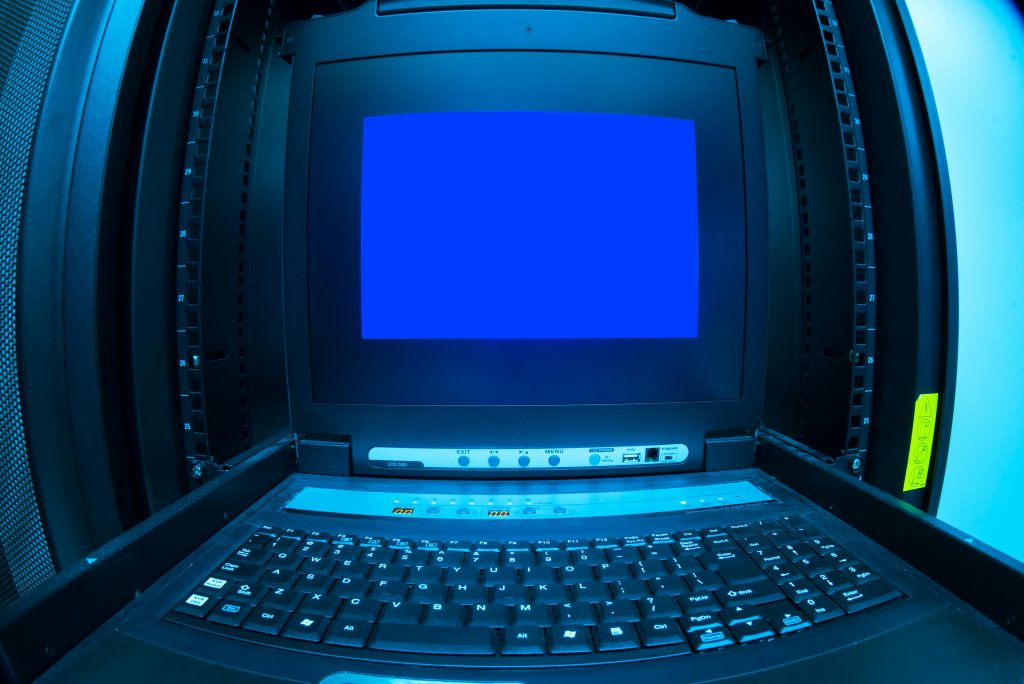Understanding SSD Write Speeds: Why Your Downloads Might Be Stalling
Solid State Drives (SSDs) have become the storage solution of choice for millions of users due to their superior performance over traditional Hard Disk Drives (HDDs). It’s no wonder that many tech enthusiasts and average users alike may experience concern when they notice unexpected behavior in their SSDs, particularly when it appears that their write speeds are inconsistently, or even suddenly, dropping to zero. Such a scenario may be perplexing, particularly when downloading files directly to the SSD, as illustrated in the Reddit post above.
In this blog post, we will delve into the technical details of SSD write speeds, explore common reasons why write speeds might drop to zero, and provide guidance on identifying and troubleshooting these issues.
Understanding SSD Technology
To understand why write speeds might drop, it’s important first to grasp how SSDs function. SSDs use NAND-based flash memory to store data. Unlike HDDs, SSDs have no moving parts, allowing for significantly faster data retrieval and writing speeds. The Samsung 970 EVO Plus, mentioned in the Reddit post, is renowned for its high-speed performance, boasting read speeds of up to 3,500 MB/s and write speeds up to 3,300 MB/s.
Key Concepts of SSD Performance
- NAND Flash Memory: SSDs use various types of NAND flash memory, including Single-Level Cell (SLC), Multi-Level Cell (MLC), Triple-Level Cell (TLC), and others. This affects the speed, durability, and cost of the SSD.
- DRAM Cache: Many SSDs, including the Samsung 970 EVO Plus, use DRAM cache, which temporarily stores data to speed up write operations.
- Thermal Throttling: Excessive heat can cause the SSD to slow down to prevent overheating, safeguarding data integrity.
Why SSD Write Speeds Drop to Zero
There are several potential reasons why the write speed on an SSD might drop to zero during downloads:
Buffer Saturation and SLC Cache Overload
The most common reason for a temporary drop to zero in write speed is the saturation of the SSD’s cache. Many modern SSDs use a technique called SLC caching, which treats a portion of the drive as a faster Single-Level Cell. Once the cache is filled up, the drive needs to transfer data to the TLC or QLC (Quad-Level Cell) NAND flash, which is a slower operation, causing a temporary drop in speed.
Thermal Throttling
As mentioned earlier, SSDs are susceptible to overheating, especially during intensive tasks such as large downloads. While SSDs have no moving parts, excessive heat can still degrade performance. When an SSD starts to overheat, it may trigger thermal throttling, temporarily reducing performance to avoid damage.
Background Processes and System Constraints
Often, background processes unrelated to the SSD itself can cause write speeds to drop. Heavy multitasking or having numerous applications running simultaneously consume resources, potentially impacting download performance. Windows Update, antivirus scans, and other background operations might also cause throttling.
Troubleshooting Tips for SSD Write Speed Drops
Identifying and remedying the root cause of fluctuating write speeds requires systematic analysis and potential intervention. Below are detailed steps to identify and address the drop in write speeds:
Step 1: Check for Saturated Cache
To determine if the cache saturation is the culprit, monitor the drive’s activity using software such as Samsung Magician. Look for patterns in the write speed, particularly after large amounts of data have been transferred. If this is the issue, limiting the size and number of concurrent downloads might help.
Step 2: Manage Heat Levels
- Ensure Adequate Cooling: Ensure that your computer or laptop has proper ventilation. Consider adding more cooling fans or reconfiguring airflow if necessary.
- Thermal Pads: Apply heat sinks or thermal pads specifically designed for SSDs to aid in heat dispersion.
Step 3: Optimize System Resources
- Terminate Unnecessary Background Applications: Use Task Manager to close non-essential applications and free up system resources.
- Hard Drive Defragmentation: Constantly downloading and deleting files can lead to fragmentation. Use built-in defragmentation tools to optimize data storage and retrieval.
Step 4: Update Firmware and Drivers
Ensure the SSD’s firmware and all system drivers are up-to-date by visiting the manufacturer’s website (Samsung provides regular updates for its SSDs). Firmware updates often contain fixes that can enhance reliability and performance.
Preemptive Measures for Optimizing SSD Performance
To optimize your SSD’s performance and prevent further issues, consider implementing these proactive measures:
Employ Regular Maintenance
Set a schedule for routine maintenance tasks such as drive health checks, updating drivers, and cleaning temporary files to prevent potential issues from arising.
Consider SSD Upgrades for High-Demand Users
If constant high-performance demands are causing your SSD to suffer, considering an upgrade might be a viable option. Opt for an SSD with a larger cache and better thermal design, such as an M.2 NVMe drive which offers superior performance.
Align Expectations With Real-world Performance
While manufacturers list maximum read and write speeds, remember these values often tested in ideal conditions. Real-world applications can vary, particularly when dealing with overheating, resource limitations, and other variables outside the manufacturer’s control.
Conclusion
Experiencing a drop to zero in SSD write speeds, particularly during downloads, can be frustrating. However, understanding the underlying mechanisms of how SSDs manage data and recognizing potential confounders allows users to troubleshoot effectively. By addressing cache saturation, thermal management, and system constraints, most users can mitigate these issues. With a little diligence and ongoing maintenance, you can maximize your SSD’s performance and ensure smooth, speedy file downloads.
Understanding the intricacies of SSD functioning empowers users to make informed decisions if faced with performance issues, and maintaining awareness of the most effective use of technology can dramatically improve one’s computing experience.
Share this content:




Response:
It’s completely normal to experience temporary drops in write speed on SSDs, especially under load, and understanding the root causes can help mitigate issues. As you’ve noted, several factors influence write speeds, including SLC cache saturation, thermal throttling, and background processes.
To expand on the troubleshooting tips:
1. Monitoring SSD Health
Using tools like Samsung Magician is a great first step. Regular monitoring can help you understand the SSD’s performance patterns and identify when cache saturation is a frequent issue.
2. Cooling Solutions
In addition to enhancing airflow, consider evaluating your SSD installation. If it’s cramped or obstructed, thermal efficiency can suffer. If feasible, applying a dedicated heatsink can significantly aid in maintaining optimal operating temperatures.
3. Managing Background Applications
Using Task Manager is effective, but tools like CCleaner can assist in identifying and managing resource-heavy applications that may run in the background and affect your download speeds. Also, scheduling large updates or resource-intensive tasks for off-peak times can
Hi there,
It sounds like you’re experiencing intermittent write speed drops to zero during downloads, which can be caused by several factors. Based on the detailed explanation in the post, here are some targeted troubleshooting steps that might help: